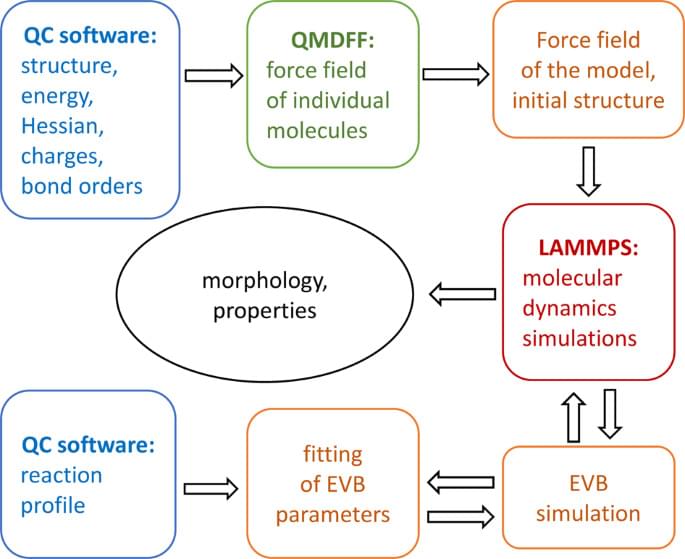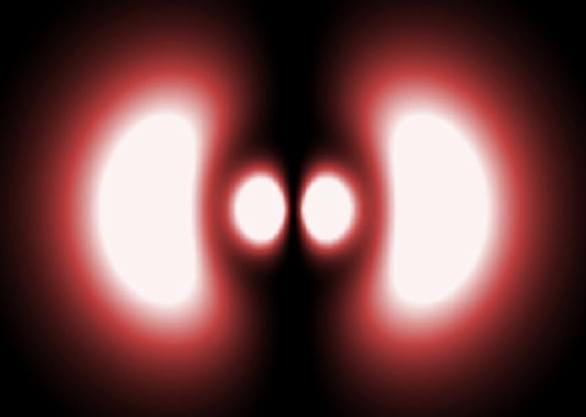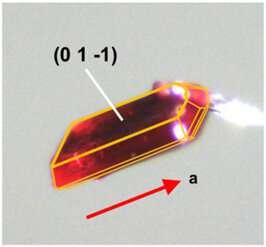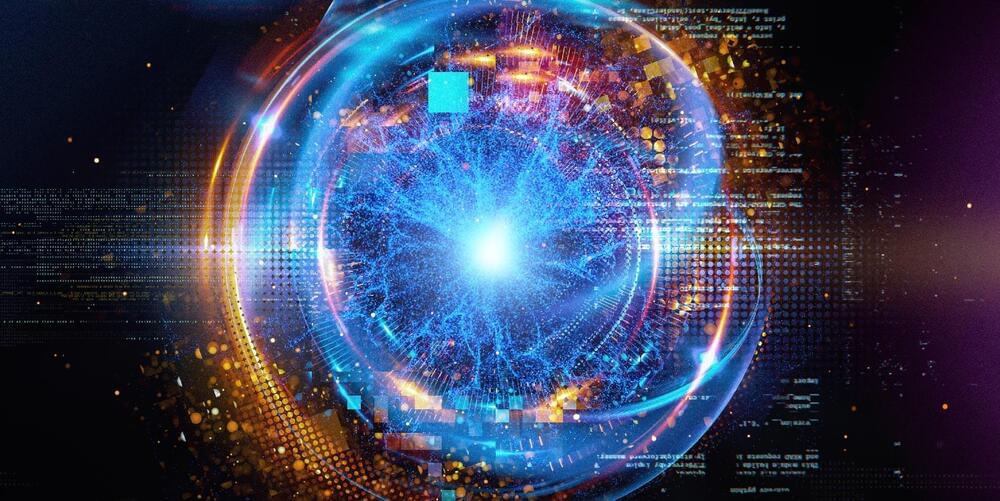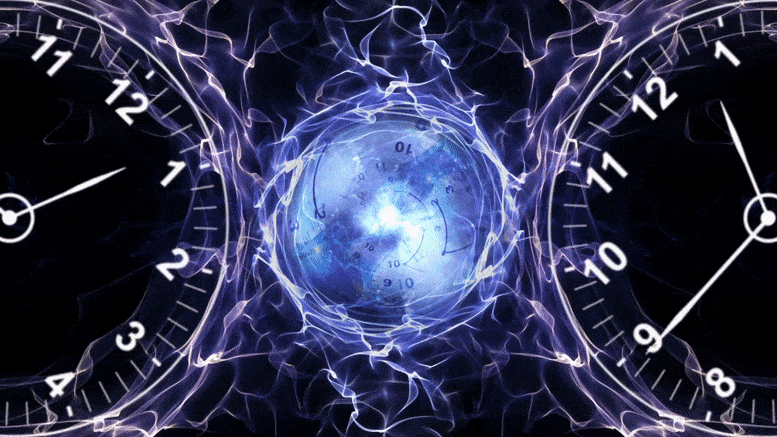Category: quantum physics – Page 517
Circa 2021 force field this can also shield the earth or cities.
The computational design of functional materials relies heavily on large-scale atomistic simulations. Such simulations are often problematic for conventional classical force fields, which require tedious and time-consuming parameterization of interaction parameters. The problem can be solved using a quantum mechanically derived force field (QMDFF)—a system-specific force field derived directly from the first-principles calculations. We present a computational approach for atomistic simulations of complex molecular systems, which include the treatment of chemical reactions with the empirical valence bond approach. The accuracy of the QMDFF is verified by comparison with the experimental properties of liquid solvents.
The future is now as IBM unveils its comprehensive strategy to take quantum computing from noisy to useful. property= description.
Implications of the existence of a ‘conscious’ quantum particle.
I know this story is going to be weird in many ways but this is something worth thinking about. Theoretical physicist Richard Feynman once stated.
“Imagine how much harder physics would be if electrons had feelings.”
In a new paper in PNAS, “Triplet-Pair Spin Signatures From Macroscopically Aligned Heteroacenes in an Oriented Single Crystal,” National Renewable Energy Laboratory (NREL) researchers Brandon Rugg, Brian Fluegel, Christopher Chang, and Justin Johnson tackle one of the fundamental problems in quantum information science: how to produce pure elements of quantum information—that is, those that start and remain in a well-defined “spin state”—at practical temperatures.
Quantum information science has the potential to revolutionize computation, sensing, and communications. But many of these applications are still beyond reach because of the challenges of producing units of quantum information, or qubits, without relying on extremely low temperatures to maintain their purity. Current approaches to identifying suitable quantum materials tend to rely on trial and error.
“The field of developing new molecules and materials [for quantum information science] sometimes progresses through ad hoc methods and serendipity. ‘This material just so happens to work better than the other one’—we saw a lot of that happening, and decided ultimately that it was not going to suffice for a project where the goal was to limit the set of possible options,” said Justin Johnson, a researcher in NREL’s Chemistry and Nanoscience Center. “We wanted to have the theory provide us with firm guidelines about what should happen.”
Researchers at the SketchX, University of Surrey have recently developed a meta learning-based model that allows users to retrieve images of specific items simply by sketching them on a tablet, smartphone, or on other smart devices. This framework was outlined in a paper set to be presented at the European Conference on Computer Vision (ECCV), one of the top three flagship computer vision conferences along with CVPR and ICCV.
Particles can move as waves along different paths at the same time—this is one of the most important findings of quantum physics. A particularly impressive example is the neutron interferometer: neutrons are fired at a crystal, the neutron wave is split into two portions, which are then superimposed on each other again. A characteristic interference pattern can be observed, which proves the wave properties of matter.
Such neutron interferometers have played an important role for precision measurements and fundamental physics research for decades. However, their size has been limited so far because they worked only if carved from a single piece of crystal. Since the 1990s, attempts have also been made to produce interferometers from two separate crystals—but without success. Now a team from TU Wien, INRIM Turin and ILL Grenoble has achieved precisely this feat, using a high-precision tip-tilt platform for the crystal alignment. This opens up completely new possibilities for quantum measurements, including research on quantum effects in a gravitational field.
Commercial scale solid-state batteries for EVs are a few years away. QuantumScape’s valuation has historically been detached from reality but has declined 92% from all-time highs.
A new technique to measure vibrating atoms could improve the precision of atomic clocks and of quantum sensors for detecting dark matter or gravitational waves.
Gravitational waves are distortions or ripples in the fabric of space and time. They were first detected in 2015 by the Advanced LIGO detectors and are produced by catastrophic events such as colliding black holes, supernovae, or merging neutron stars.

